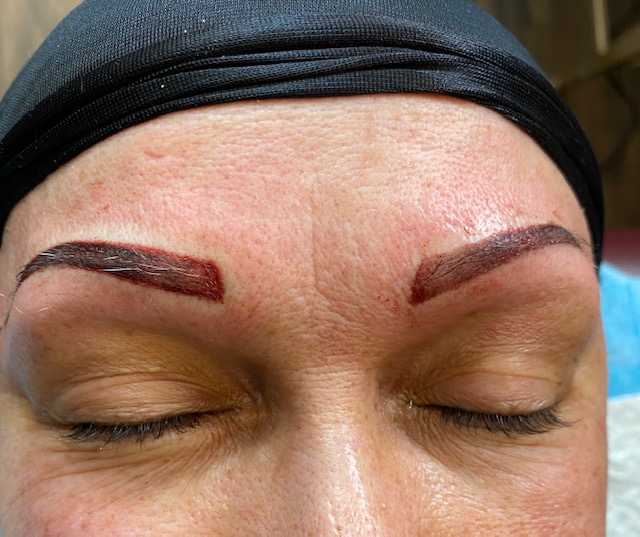
Different Options for Cosmetic Tattoo Removal
Cosmetic tattooing is an excellent way to enhance your appearance and reduce the need for a lengthy makeup routine. It has also become one of the popular forms of cosmetic session in recent years. Cosmetic tattooing is a relatively quick and easy way to help you look and feel good.
However, this type of cosmetic session has its downside. You may not like the look after a few years or receive a botched job you weren’t expecting. Besides, the skin naturally changes over time, and what looked good at one point may not look as attractive later.
Most tattoos can be removed easily and with minor discomfort. The critical thing is to find the method that works best for your skin and tattoo type and the area of your body that’s involved.
Here are some of the popular options for tattoo removal:
1. Saline Removal
One of the main methods that most therapists use is saline tattoo removal. It is particularly effective for cosmetic tattoos that use organic pigments (made up of much smaller particles than standard tattoo ink) or iron oxide.
Because of this composition, these inks don’t usually respond well to other sessions. Saline removal uses a carefully formulated saline solution to raise the pigment and draw it out of the skin. Once it moves up to the top of the skin layer, it lightens and scabs over, and the scan falls off on its own, taking the pigment along with it.
It is a more straightforward, gentler way of removing a tattoo. That’s what makes saline removal more effective for cosmetic tattoos that are usually applied on delicate parts of the skin, including around the eyes and lips.
It generally takes a week after each session for the scab to fully form and fall off naturally. During this time, you have to keep the area clean and dry and avoid picking at the scab. You may feel a bit of tenderness, but there shouldn’t be any discomfort.
2. Laser Session
Generally, not all cosmetic tattoos can be removed by laser. Some cosmetic pigments do not respond well to laser and may alter an existing tattoo. The laser procedure involves some discomfort, and some aftercare steps are essential to maximizing the results.
Since the laser use heat, you will notice redness and irritation to the skin. It is normal and will fade away over time. There may also be some blistering or a scab formation, which is also quite normal.
3. Surgical Removal
Some tattoos require surgical correction, involving removing the entire skin layer with the tattoo and closing up the remaining wound. It requires a more lasting recovery period and is only effective for smaller tattoos in less sensitive areas of the body.
Keep in mind that no tattoo removal procedure will provide instant results. It takes time and often a few session sessions to achieve the final effect. It also depends on which removal technique will work best for you.
If you have cosmetic tattooing for your lips, brows, eyeliner, or have a small tattoo on your body that you want to remove, it is best to choose the saline tattoo removal method.


